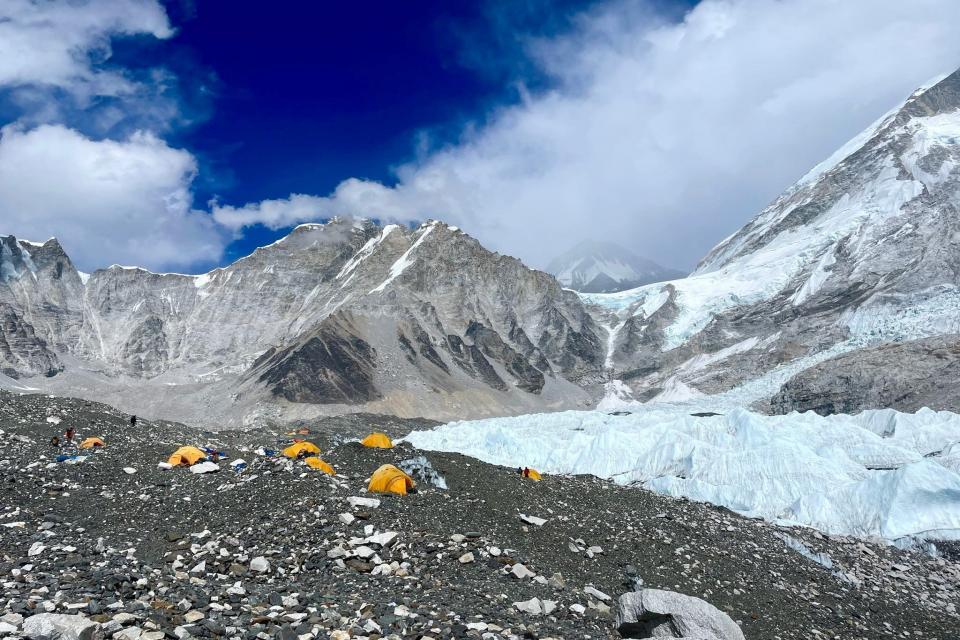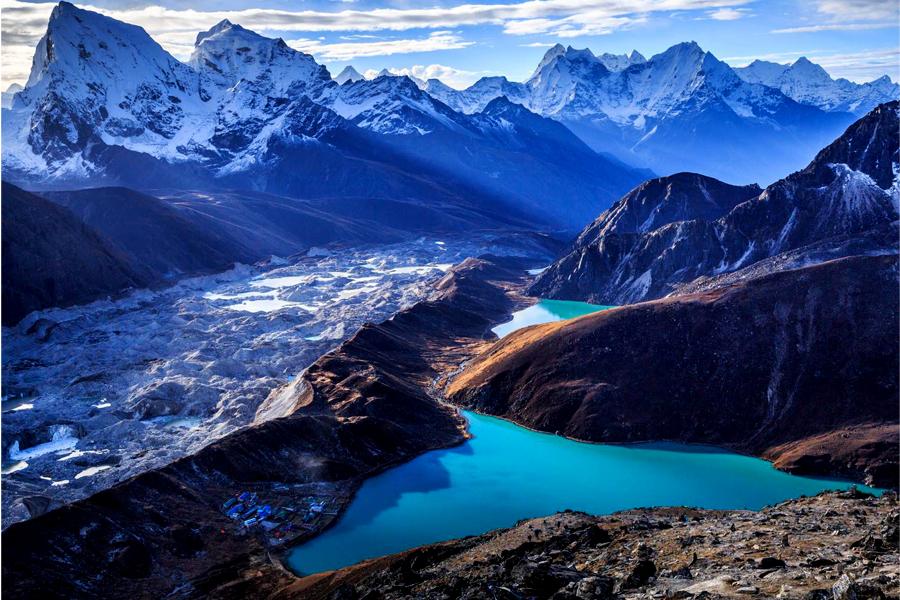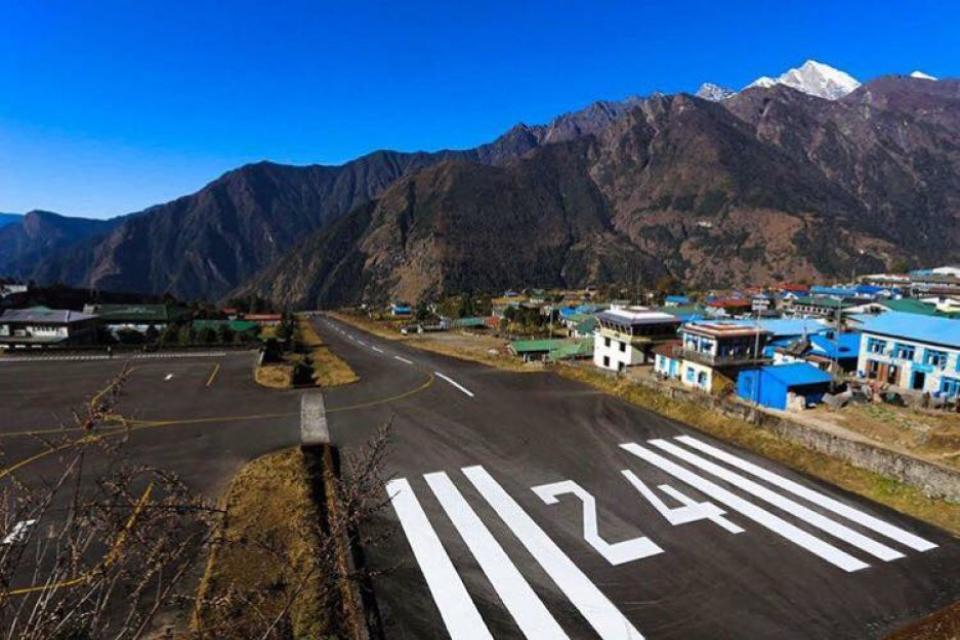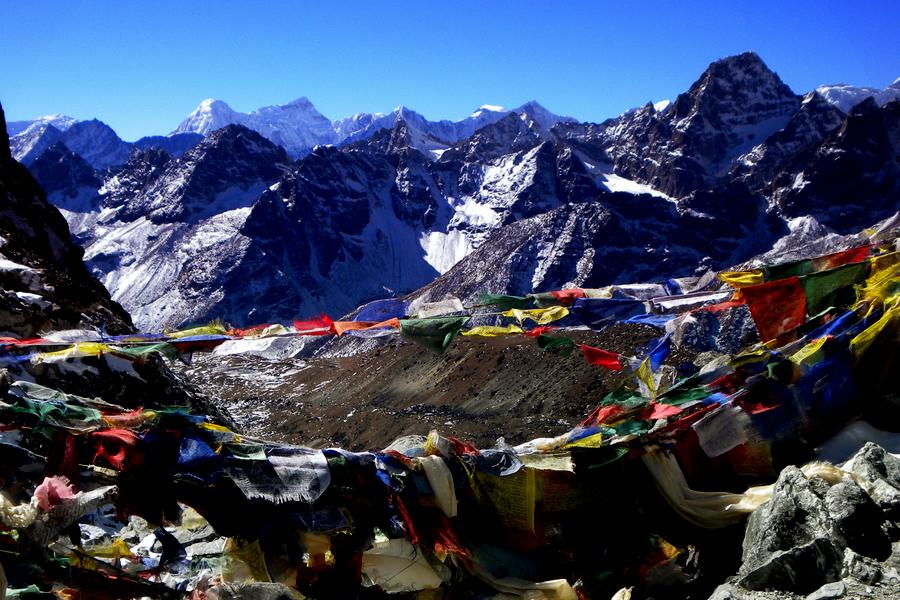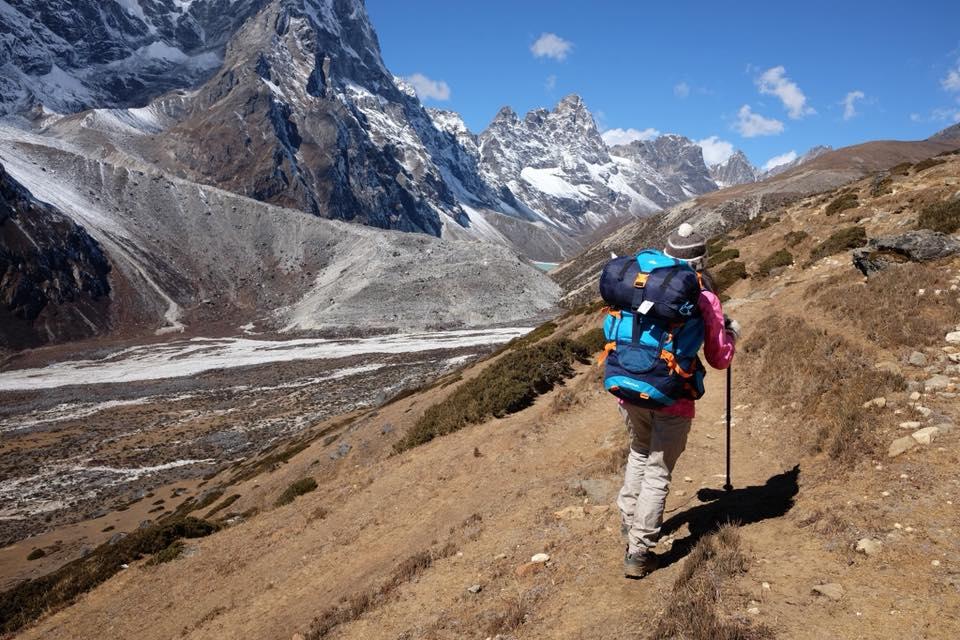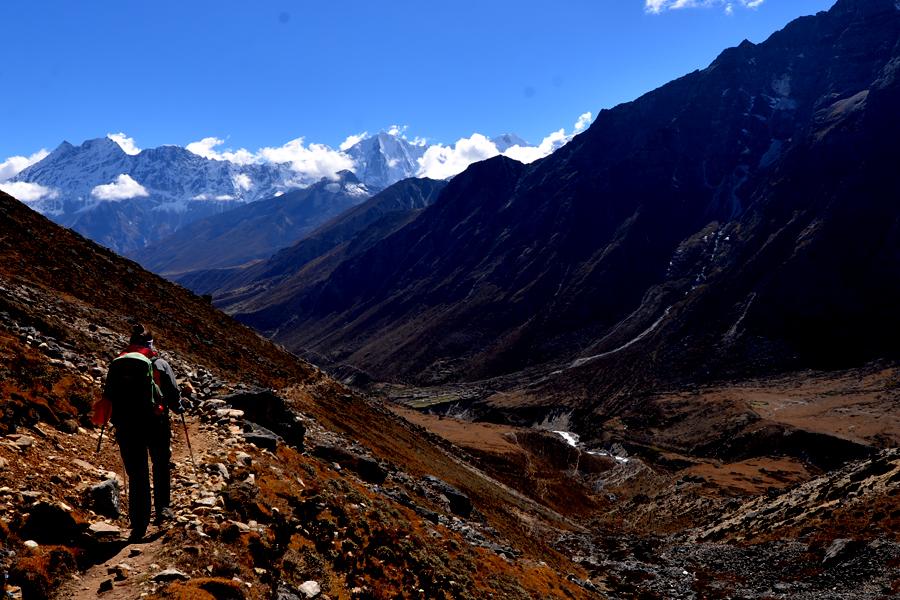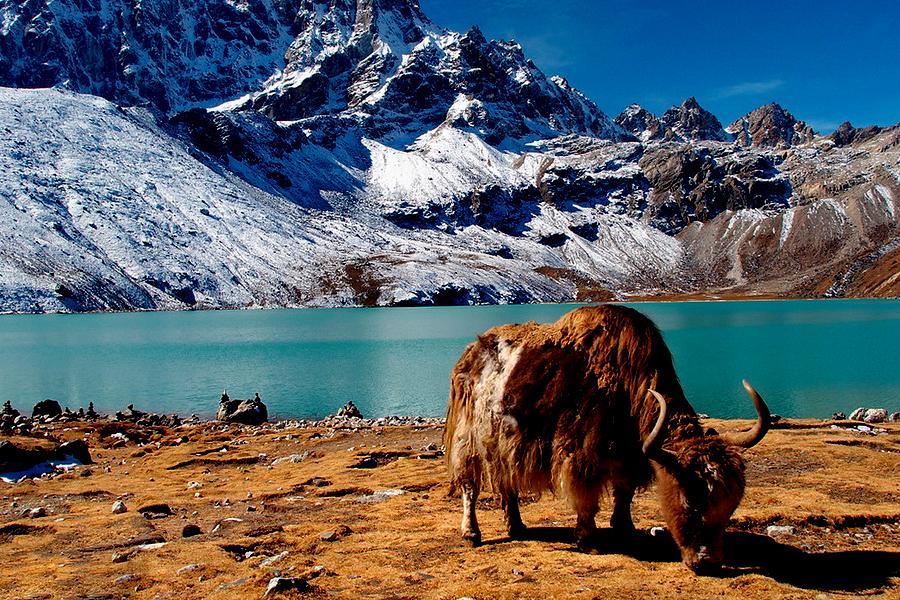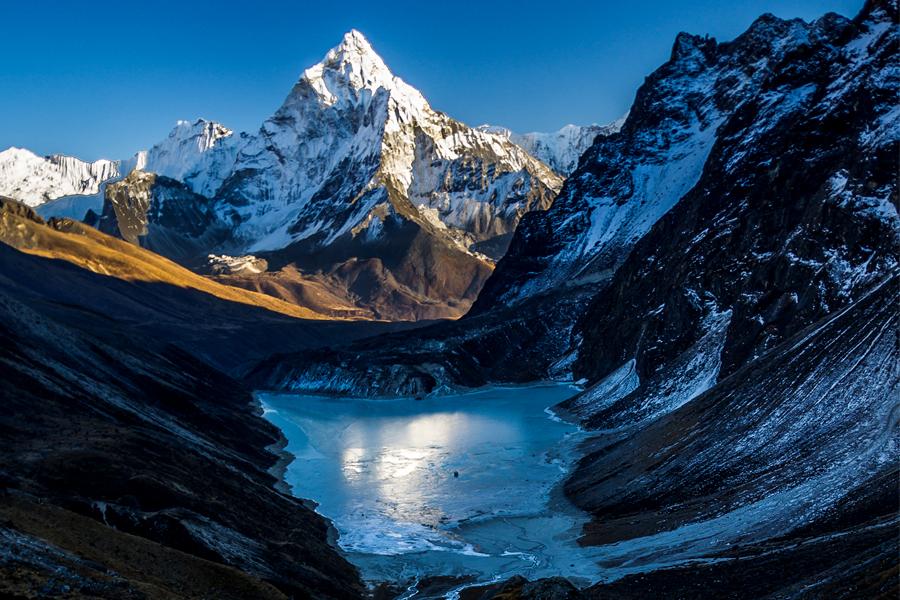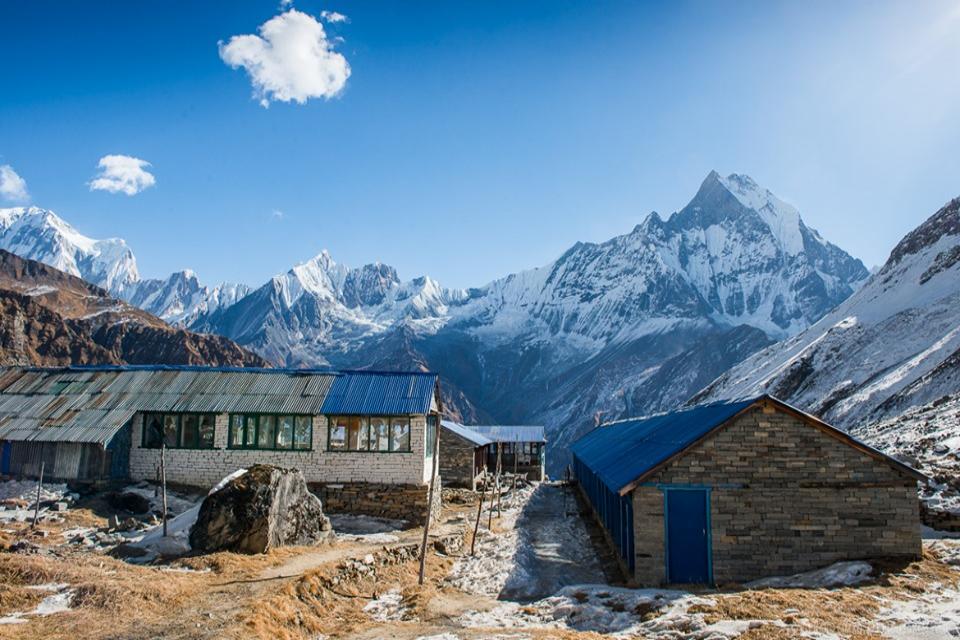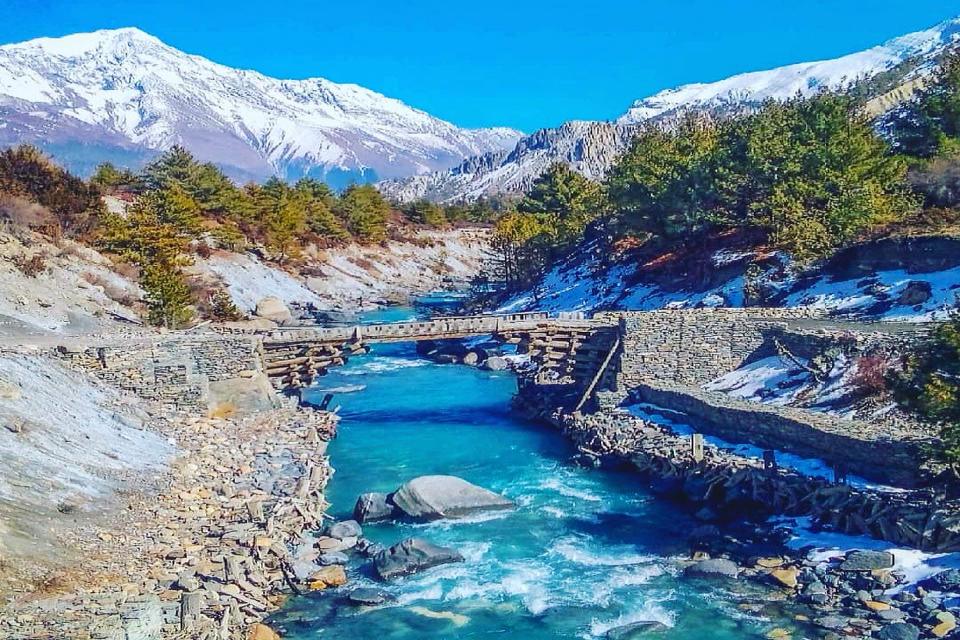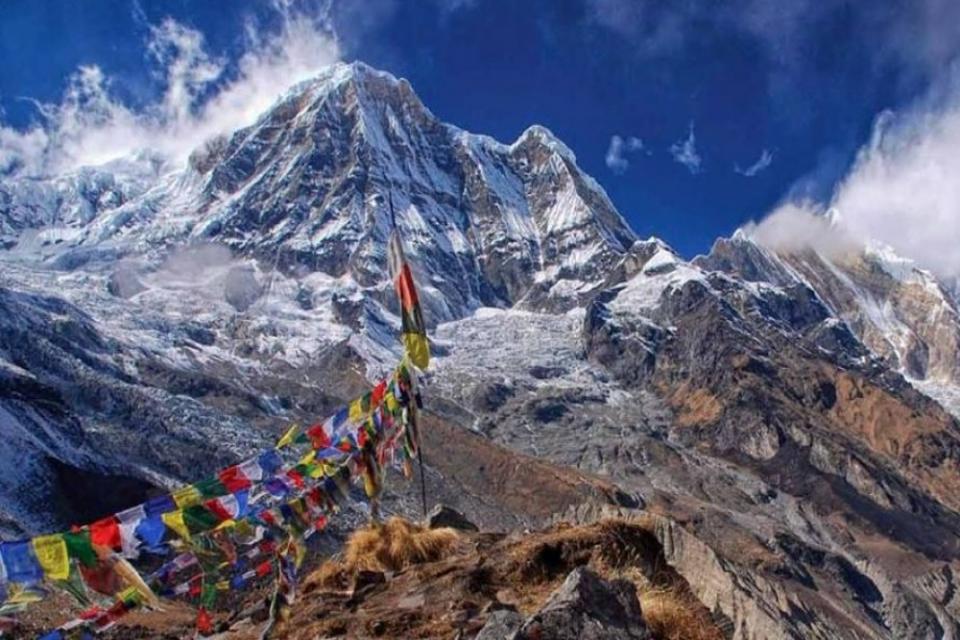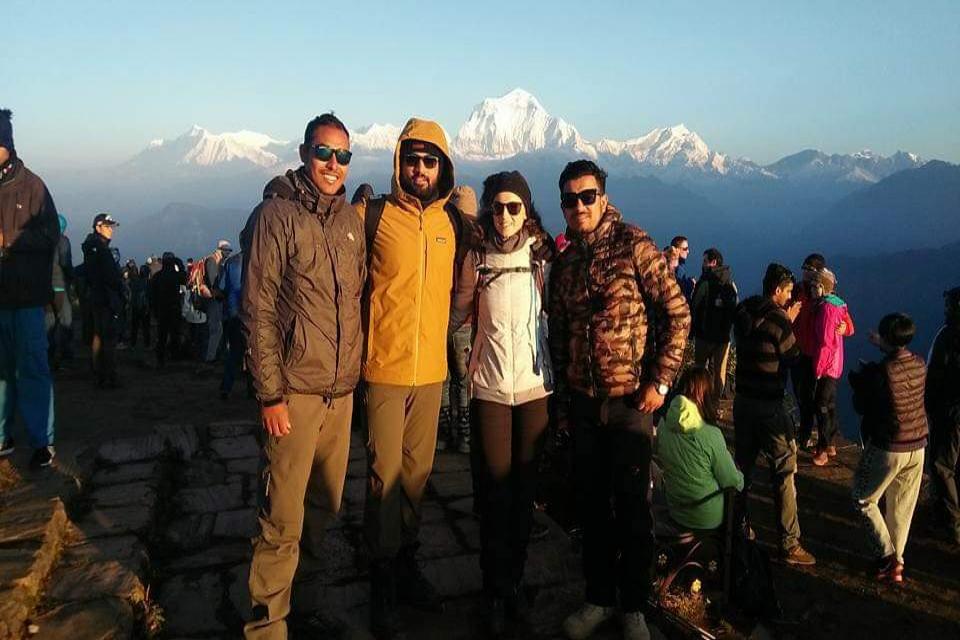Trekking in Nepal
Trekking in Nepal
Nepal is a mystic land with multiple superlatives. Due to its unique topography, 8 out of the 10 world’s highest mountains lie in Nepal. The world’s deepest valley and gorge lie in Nepal. Nepal is also the birthplace of Gautam Buddha (known as the light of Asia).
Sandwiched between two giants India and China, Nepal occupies the area of 147,181 sq.km. Snowcapped mountains, green hills, perennial rivers, lakes, glacial lakes, water springs, streams, rich and unique culture, tradition, helpful, hardworking and simple people have made Nepalese people known all over the world. Nepal is popular mainly for trekking, touring, sightseeing and other adventurous activities like mountain expedition, bungee jumping, rock climbing, rafting, paragliding and much more. There is hardly anything that can’t be done here. Trekkers usually trek in Annapurna region, Everest region, Manaslu region and other different regions to observe unique and rich topography and biodiversity.
When to Go
The best seasons for trekking are spring and autumn, specifically from March to June and September to November. Throughout this season, the sky is usually clearer and the sun is bearable and trekking and hiking can easily be executed. Nevertheless, if you are adventurous enough and wish to go on a trek or a tour, you can make it despite extreme cold in winter and scorching heat in summer.
During the Monsoon trekking routes are empty as this is the season of rainfall (May and June). Most of the rainfall occurs at night. The upper Himalaya region lies in rain shadow. So, there is very little rain or no rainfall at all. However, the skies look cloudy and trekking trails may get blocked at some places and therefore treks are not recommended in this off-season.
Fitness and Experience
If you are physically fit and able to walk some hours in a day, you can make a trek of your selection in Nepal with the support of the Guide or without. If you are planning to go on a longer trek in the Himalayan region, our trekking guides and porters will help you reach the destination providing all the details of the necessary fitness and experience required. You are recommended to have fitness checked up before going up in the high altitude.
Equipment and Supplies
Accent Himalaya suggests you carry only the most essential equipment in the trek and leave the rest back in Kathmandu which can be collected later. All the necessary supplies and equipment can be bought in Thamel, Kathmandu or you can even get them hired. We want you to grab the supplies like comfortable boots, sleeping bag, backpack, changing clothes and do ask us for more. If the weather is cold, warm clothes like warm jackets, thermals, scarf, gloves, hiking pants, trousers, waterproof jacket, etc are highly recommended. Other daily supplies like water, soap, toilet paper and dry food can be bought on the way but the price can be very slightly higher as you go further. We recommend you to get water purification so as to reduce garbage of plastic bottles.
Guided Vs Independent Trek
Trekking can be conducted either independently or with the agencies. As you are likely to face many difficulties in an independent trek from like getting a permit, making Trekker’s Information Management System (TIMS) card and much more, we recommend you to sign up with the agencies legally registered and organized in Trekking Agencies’ Association of Nepal (TAAN). FYI, Accent Himalaya is a Registered Trekking Company and once you register your trek with us, we provide you a highly professional service arranging your trek as per your request. We provide you with highly experienced and sincere guide who can brief you through all the preparation and precaution required prior to your trek. Managing the best porter, food, and accommodation, dealing with the obstacles and every odd that may emerge during your trek is the responsibility of our guide. If you choose a guided trekking you can enjoy your trek in a carefree way.
Tea House Vs Camping Trek
Upon the clients’ request, trekking can be arranged either in Tea House or Camping. In a Tea House trekking, you will get both food and lodging facilities in small hotels. Tea Houses in the hilly region are comparatively much better and well facilitated. However, in the mountains, Tea Houses may have limited facilities and you will need to prove yourselves quite adventurous with a positive outlook. Hence, we suggest you take a sleeping bag if you are trekking in the Himalayas.
Camping trekking is a peaceful, fun-filled and exciting though comparatively more difficult than Tea House trekking. In this trekking, all the necessary gears and supplies such as fuel, food, tents, etc. are carried by the porters and Sherpas. Tents for sleeping, washing, dining etc. are managed and other gears like sleeping bags, mattress, tables and seating are well managed. Overall activities are monitored by the team leader. The company is liable to pay for the land transportation, local permits, taxes, entrance fees to the museums, national parks and other places that come in your trekking route. Also, the insurance of the porter and guide is arranged by the company. Tourists are not required to carry any heavy bags except their personal belongings required for the day.
Required Permit
Wherever you go on a trek, Trekkers’ Information Management System (TIMS) card and a permit are most. The permit fee is the same but TIMS card costs more if you are trekking independently. The permit fee varies greatly from place to place. To get the permit and TIMS card, you need to go to the office of Nepal Tourism Board or TAAN if you wish to trek on your own but if you are taking a guide, the agency can help you in this process too.
If you are trekking in the restricted area such as Dolpo, Upper Mustang, Manaslu Area, Chum valley, etc. you need a guide and a special permit. Trekking cannot be made independently in these restricted areas.
Trekking Themes
The purpose of trekking in Nepal varies largely. Nevertheless, most of the trekkers come to Nepal to observe the scenic mountain views and mountainous lives, cultures, biodiversity, rural life and its simplicity while another visit may be study and research, projects and so on. Some of the tourists are derived from their religious ideology and hence visit Nepal. Enjoying vacations doing adventurous things, practicing yoga, etc. are also some of the purposes of visiting Nepal.
Responsible Trekking
Accent Himalaya requests you to become a little responsible while enjoying your holidays in Nepal. For this, we would like to draw your attention to the following points:
- Trek legally: If you trek independently, you are not allowed to take any staff by law. You need for this a Trekking Agency, the sole authorized to employ staff for foreign trekkers. Do not hire staff or "independent guides" through hotels, unless they have a Trekking Agent license or offer this service through an affiliated Trekking Agent.
- For the most proper disposal available, please make sure you take all of your trash, including bottles and cans of goods consumed in restaurants, to the nearest truck-accessible road.
- Note the pollution and lack of trash management in the villages on the treks - including trash-clogged rivers and mounds of discarded beer bottles. Nepal is struggling with its rapid Westernization and hasn't yet figured out how to dispose of its waste. Please don't contribute to the problem any more than necessary!
- After your trek, if you don’t want to take your clothes back home, we suggest you give your clothes to the porters clothing bank which is managed by the KEEP association. This bank is located in the Thamel neighborhood of Kathmandu and provides clothes to the trekking porters.
Itinerary
You can easily find the detailed itinerary of your trek on our website here. We have even kept the option open and flexible to make the itinerary according to your holiday plans and desires.
Stay Safe
For your utmost safety we want you to be aware of the following issues:
- High Altitude sickness
Some tourists who are not used to wailing on the mountains may get high altitude sickness above 3000m. Please be informed about the symptoms and precautions. If you are trekking with a guide, our guide will be carrying Diamox pills which will help you relieve. But if you have an acute case, our guide will bring you to the lower elevation and sometimes you need to be rescued by the helicopter too. If you are trekking independently, be prepared for these things too.
- Food and Water Contamination
We recommend you to carry some antibiotics that heals you from stomach infection and some water purification pills or water treatment system. Mineral Water bottles are easily available in the shops through the trails but we discourage you to buy them as the plastic bottles and plastic wrappers are the major pollutants in the Himalayan region. If you carry your own water bottles, safe drinking water stations can be found on the way or you can fill up the normal water and use chlorine to purify it and drink afterward.
- Safety Considerations
Accent Himalaya suggests you carry a flashlight, water, some dry food, an umbrella, mobile phone and the contact number of Tourist police and evacuation helicopters in case of emergency. But if you are with a tourist guide, you won’t have to take much pressure about it.
- Rescue Insurance
This is the most important issue for you. Before the departure, check that your travel insurance covers trekking activities and the conditions. Beware that some insurance companies view even walking in the mountains as "mountaineering" and will not provide coverage. You may have to shop around and find it. Most reputable trekking agencies will require proof of rescue insurance before you start your trek. It would be very costly to pay a helicopter rescue at 5000 meters. Some insurance policies, in fact, most, will not cover you over 4000m.
- Travelling Alone
Some travelers and trekkers love to trek alone but we urge you not to travel alone as many tourists are gone missing in Nepal due to unclear trails, difficult trekking routes, lack of preparation and many other reasons. Hence, it is advisable to sign up with a reliable trekking agency like Accent Himalaya.
Thank You

